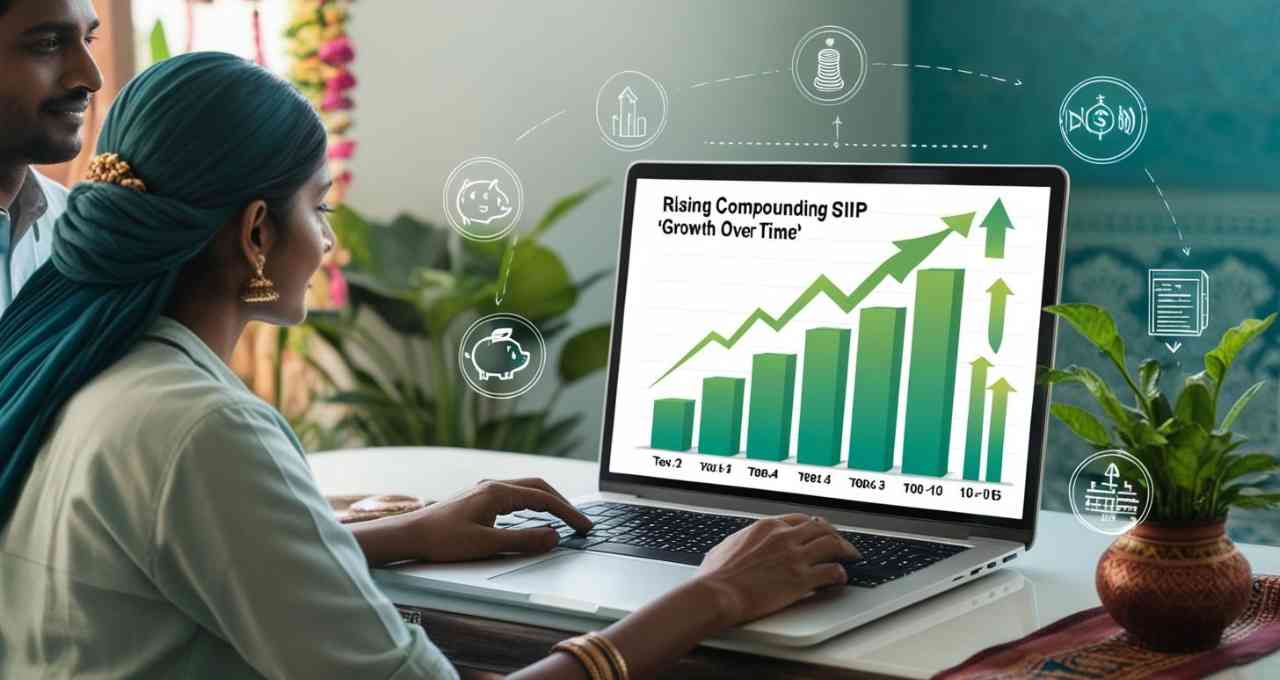New Delhi: Investing in mutual funds through Systematic Investment Plans (SIPs) has become one of the most popular and convenient methods today. It allows investors to build a substantial fund over the long term by investing small amounts every month. However, a common question arises: how much should one invest in an SIP based on their salary?
This question is crucial because proper planning not only secures the future but also ensures that daily needs are not compromised. This article will explain, using a simple formula and example, how much investment is suitable based on your salary.
Adopting the 50:30:20 Formula for SIP Investments

The 50:30:20 rule is considered highly effective in financial planning. This formula advises dividing your salary into three parts:
- 50%: For essential expenses (rent, groceries, bills, etc.)
- 30%: For lifestyle expenses (hobbies, travel, entertainment)
- 20%: For savings and investments
This means that 20% of your total salary should go towards investments, with SIPs being an effective option.
Understanding SIP Amount Calculation with an Example
Let's assume your monthly salary is ₹30,000.
- 50%, or ₹15,000, is spent on essential expenses.
- 30%, or ₹9,000, is spent on personal desires and lifestyle.
- 20%, or ₹6,000, is set aside for savings and investments.
This ₹6,000 can be entirely invested in SIPs, or it can be divided into two parts: ₹3,000 for SIPs and ₹3,000 for other safe investment options like fixed deposits or Public Provident Fund (PPF).
The Longer the Investment Period in SIP, the Better the Returns

The biggest advantage of SIPs is their compounding power. If you invest regularly for 10 to 15 years, you can expect an average return of 12-14% from mutual funds. This depends on market conditions, but over the long term, the return is stable and profitable.
Planning SIP investments based on salary is easy; it just requires accurate calculation and discipline. By adopting the 50:30:20 rule, you can lead a balanced financial life and build a b financial foundation for the future.














